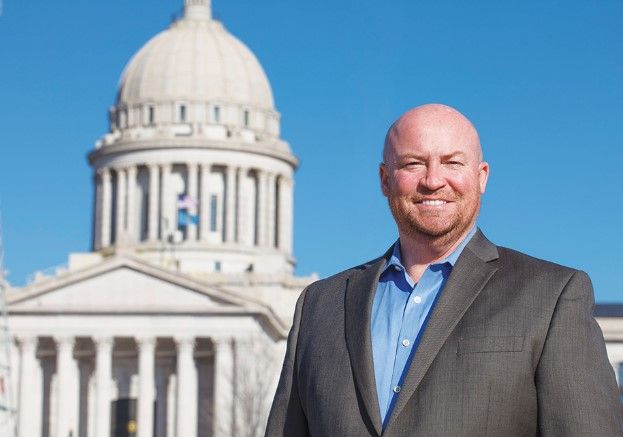Combined Federal Campaign for Nonprofits Faces Uncertain Future
Just over one month ago, notice was issued that the federal government had paused the Combined Federal Campaign (CFC), an annual fundraising effort that has contributed billions of dollars to charitable organizations since it was established more than 60 years ago. This became a temporary halt to allow efforts to continue this year, but notice was served that significant change would be coming.
Usually beginning in September, members of the federal sector — including employees, retirees, and contractors — select charitable organizations in which to donate money or volunteer their time to support nonprofit work. This provides a level of support for organizations to build budgets for the upcoming year’s work.
In 1957, President Dwight D. Eisenhower established the “President’s Committee on Fund-Raising Within the Federal Service” to review and modify the fund-raising program. In 1961, President John F. Kennedy signed Executive Order 10927, which gave authority to the United States Civil Service Commission to organize nonprofit solicitations of federal government employees. Kennedy’s executive order was eventually replaced by President Ronald Reagan in 1982 when he created the modern Combined Federal Campaign under the United States Office of Personnel Management.
Nonprofits must meet specific eligibility criteria set by the Office of Personnel Management (OPM) and the CFC team. These criteria include the organization’s existence for at least three years, its ability to provide real services, and its commitment to engaging federal employees in philanthropy. Nonprofits must also apply through the CFC’s online application system and may need to apply annually. The CFC team manages the charity application process, ensuring that only eligible organizations can participate in the campaign.
Around $9 billion has been given to approved charities since its inception, and CFC has allowed federal employees to donate to charities of their choice, peaking in 2009 with about $282 million in donations.
The Oklahoma Institute for Child Advocacy (OICA) has received modest sums in the past from supporters through our numbers (federal - 58911 and state - 8041) for campaigns. Many organizations with higher profiles receive substantial sums which could significantly diminish their mission if this funding stream were eliminated.
We certainly understand concerns overseeing the program form CFC. In a statement issued by President Trump’s OPM Director Scott Kupor, donations have declined in recent years, and administrative costs have grown to oversee the program, which in turn sends fewer funds to nonprofits that also have administrative costs. They also indicated CFC made sense pre-internet – when donors lacked more automated and efficient ways to direct dollars to their favorite charities.
While these concerns are certainly valid, we at OICA feel this is a program worthy of retention.
CFC allows employees to learn more about different nonprofit organizations through workplace events. It is a simple task to itemize deductions on Schedule A of Form 1040 when dealing with your own taxes. The above-the-line deduction for cash donations to qualified charities reinstated in 2026 will make sense for giving.
Charities that rely on regular funding from employees will likely benefit more from employee donations, thus providing a sustainable and stable source of income for the nonprofit’s work, thereby reducing fundraising expenses for the nonprofit.
Organizations with a strong sense of community and employee involvement in charitable activities may find it beneficial to support their employees' charitable contributions through a matching dollar program. Offering matching gifts can incentivize employees to contribute more, which can be a win-win for both the charity and the employee.
In a difficult time for charitable nonprofits, we strongly encourage those decision makers at the federal level to weigh the cost and the benefit of CFC. We hope they can find a way to continue support through this process in a streamlined manner that does not diminish the work done for children and other services through charitable giving.











